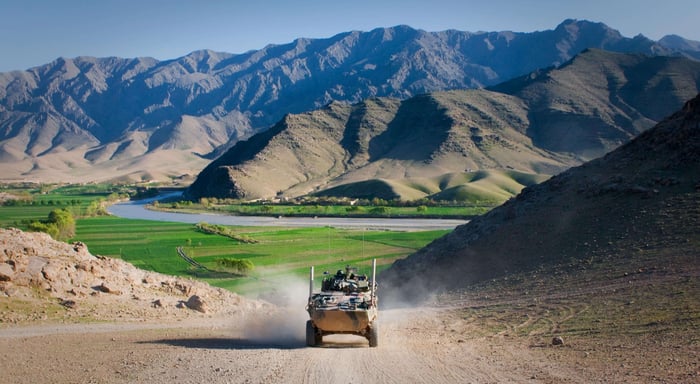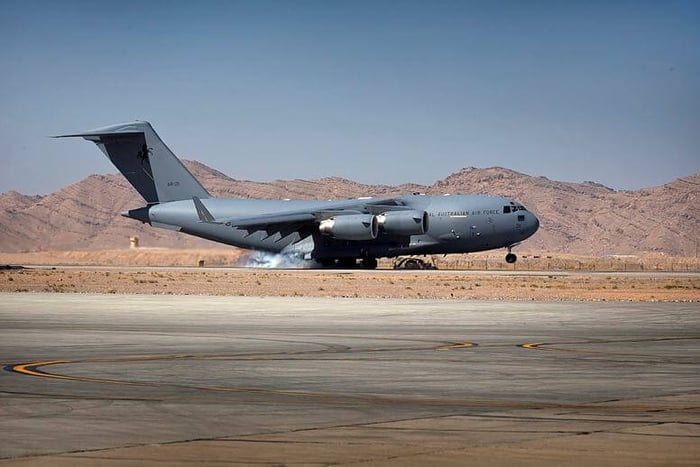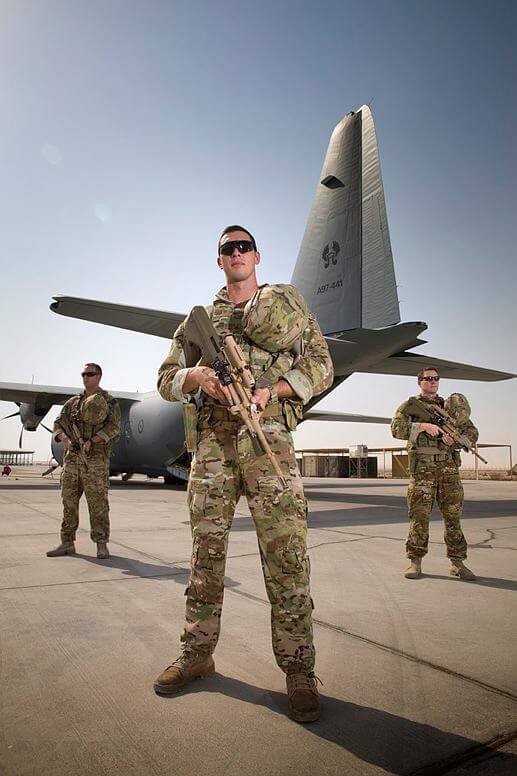
Hornet Life Support Section
The Australian Air Task Group Strike Life Support Section is hard at work in the Middle East preparing and maintaining aeronautical safety and survival equipment critical to the safety of F/A-18 Hornet fighter/attack aircraft pilots and the fight against Daesh in Iraq and Syria.
Life Support Technician, Sergeant Cameron said the equipment he provides is comprised of four main components: a helmet, oxygen mask, low profile Combat Survival Vest and a G-Suit.
Each of these elements contains many separate components which require frequent maintenance inspections or outright replacement to ensure the integrity of the equipment is maintained.
“The safety and survival equipment that we prepare and maintain provides a small but extremely important role that supports the pilot throughout their mission,” Sergeant Cameron said.
“The equipment is vital should escape and evasion be required in the unfortunate event of an ejection."
“Prior to each flying day we thoroughly inspect and prepare a range of equipment worn by fighter pilots to ensure its integrity and serviceability while also ensuring it is in the correct configuration for the mission type being flown."
“First we check that their helmets and oxygen masks are serviceable, fully functional and operating correctly."
“Also, depending on the type and time of the mission, we are often required to configure the helmet for night flying by attaching night vision equipment”
The pilot’s Joint Mounted Helmet Cueing System helmets are a very complicated and advanced piece of equipment, fitted with an inbuilt computer system to display flight data on the inside of a custom-fitted visor.
Sergeant Cameron said it allows the pilot to maintain situational awareness in any direction they look.
“The helmet also allows fitment of a radio communication system, oxygen mask and mounting points for Night Vision Equipment,” he said.
The Low Profile Combat Survival Vest (CSV) contains a fully automatic-initiated life vest, designed to keep an unconscious pilot afloat in the event of an over-water ejection while ensuring their head remains out of the water and their body at a 45-degree position.
“The CSV also contains a number of survival and location aids that assist in the rapid rescue of the pilot,” Sergeant Cameron said.
“These include an emergency radio, maps, water, flares and multiple spare batteries. The final component we inspect is the G-Suit, which is designed to help maintain blood pressure to the brain and upper body during high gravitational force manoeuvres."
“Without the assistance of the G-Suit, pilots would not be able to conduct high G-force manoeuvres as they could lose consciousness and put their lives or the aircraft at risk.
“Finally, we issue every pilot a Glock pistol and ammunition, which is stored in the pilot’s CSV."
Sergeant Cameron says being a Life Support Technician is a rewarding job. “I really enjoy the job; I’ve been doing it for nineteen years now and hope to keep doing it for many more,” he said. “Of course, being on operations is the most rewarding experience in the job, knowing all the training and exercises that we have completed is finally being put to good use.”
“It is also comforting to see the pilots returning from the mission knowing they are safe and that the equipment we provided has helped to support them in their job fighting Daesh.”
The Life Support Section is an element of the Australian Air Task Group operating as part of the international coalition to disrupt and degrade Daesh in Iraq and Syria.











